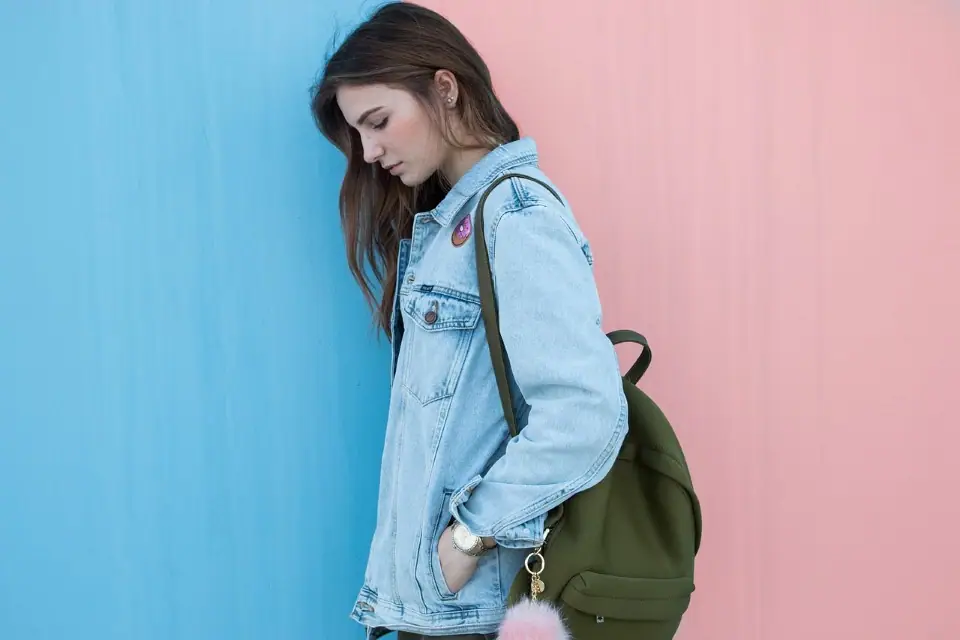In today’s fast-paced world, where trends come and go in the blink of an eye, there’s a growing movement towards embracing a more mindful and sustainable approach to fashion. This shift has given rise to the concept of “slow fashion,” a term that encapsulates a commitment to environmental responsibility, ethical practices, and a reevaluation of the consumerist mindset. In this article, we’ll delve into the essence of slow fashion, exploring its principles, benefits, and impact on the industry.
Understanding Slow Fashion
Slow fashion is more than just a passing trend; it’s a philosophy that challenges the prevailing notion of fast fashion, encouraging a slower and more deliberate approach to the entire lifecycle of clothing. At its core, slow fashion emphasizes quality over quantity, advocating for durable, timeless pieces that withstand the test of time. This approach stands in stark contrast to the mass production and rapid turnover that define fast fashion.
Key Principles of Slow Fashion
Slow fashion revolves around several core principles that guide its practices:
- Ethical Production: Slow fashion prioritizes fair labor practices, ensuring that workers involved in the production process are treated equitably.
- Sustainable Materials: The use of eco-friendly and sustainable materials is a cornerstone of slow fashion, reducing the environmental impact of clothing production.
- Longevity: Slow fashion encourages consumers to invest in high-quality, timeless pieces that endure changing trends and withstand wear and tear.
- Local and Artisanal Production: Supporting local artisans and smaller-scale production fosters a sense of community and reduces the carbon footprint associated with global manufacturing.
- Transparency: Brands committed to slow fashion embrace transparency in their supply chain, allowing consumers to make informed choices about the products they purchase.

FAQs about Slow Fashion
How does slow fashion differ from sustainable fashion? While sustainable fashion focuses on environmental impact, slow fashion encompasses a broader ethos, emphasizing ethical production, longevity, and local craftsmanship.
Is slow fashion only for high-end brands? No, slow fashion is a mindset applicable to brands across price points. It emphasizes thoughtful consumption and encourages all consumers to make mindful choices.
Can I follow slow fashion on a budget? Yes, slow fashion doesn’t require a hefty budget. It’s about making thoughtful choices, considering longevity, and supporting brands that align with ethical and sustainable practices.
How can I identify slow fashion brands? Look for transparency in a brand’s practices, certifications (like Fair Trade or B Corp), and commitment to ethical sourcing and production. Many slow fashion brands prominently display these aspects.
Does slow fashion limit style options? Not at all. Slow fashion encourages timeless pieces, but style is subjective. It’s about building a wardrobe that reflects your personal taste while prioritizing sustainability and ethical considerations.
The Impact of Slow Fashion on the Industry
The slow fashion movement has a profound impact on the fashion industry. It challenges the throwaway culture perpetuated by fast fashion, fostering a more sustainable and responsible approach. By redefining the relationship between consumers and clothing, slow fashion encourages a shift from mindless consumption to thoughtful curation of one’s wardrobe.
Conclusion
In the era of rapid trends and disposable fashion, the concept of slow fashion emerges as a beacon of sustainability and consciousness. It’s not merely a style choice but a lifestyle shift towards responsible and ethical consumption. By embracing slow fashion principles, individuals contribute to a more sustainable future, one garment at a time. As we navigate the evolving landscape of fashion, the slow fashion movement stands as a testament to the enduring power of mindful choices, fostering a harmonious coexistence between style and sustainability.

